SAI Academy
Start Your Journey to Becoming a Qualified Interpreter with Our Comprehensive Online Training Program.
Your Path to Language Excellence
Welcome to SAI Interpreter Academy! Our program is designed to help you build the skills and confidence needed to deliver accurate, professional interpretation in clinical settings. Led by experienced instructors, our training empowers you to succeed in community interpreting.

What You Will Learn from This Course
Our curriculum equips you with essential concepts and terminology in the medical field, so you can confidently interpret accurately for patients and healthcare professionals in any medical setting. This interactive program covers key areas, including medical terminology, interpreting techniques, human anatomy and physiology, and the Medical Interpreter Code of Ethics. Role-playing exercises provide hands-on practice in a language-neutral format taught in English, ideal for both new and experienced interpreters. Completion requires 100% attendance and meets recognition standards from NBCMI and CCHI.
Course Details
Number of training hours: 60 hours
Training location: Virtual
Total Cost – Due With Application: $750
Includes the following:
-Training: $600
-Textbooks (e-books): $150
Required textbooks:
- The Community Interpreter: An International Textbook
- The Community Interpreter: An International Workbook of Activities and Role Plays
- Medical Terminology for Interpreters
Learning Objectives
Module 1
Introduction to Community Interpreting
- Define community and medical interpreting
- Analyze and compare interpreter credentials, including certificates and certification
- Apply ethical principles for medical interpreters to common communication barriers
Module 2
Interpreting Protocols and Skills
- Identify and describe the three stages of a typical community interpreting assignment
- Discuss and practice four protocols for interpreting: positioning, professional introductions, direct speech (first person) and turn-taking management
- Explore memory skills, chunking and imagery
- Describe three modes of interpreting: consecutive, simultaneous and sight translation
- Practice three effective techniques for note-taking
Module 3
Strategic Mediation
- Show awareness of bias while interpreting
- Apply four decision-making criteria to assess whether or not to mediate
- Develop basic scripts for performing mediation in common situations in medical interpreting
- Practice five steps to perform strategic mediation
- Define cultural competence and cultural mediation
- Develop techniques to perform culturally responsive mediation
Module 4
Professional Identity and the Community Interpreter
- Understand the business practices and legal obligations of medical interpreters
- Show how community interpreters can perform effective legal interpreting in community settings
- Develop strategies to acquire specialized subject matter knowledge and terminology
- Explore the challenges of remote interpreting
Module 5
The Role of the Community Interpreter
- Discuss how the role of the community interpreter supports communicative autonomy
- Apply a decision-making protocol for advocacy
- Explore best practices that support national standards of practice
- Identify critical standards of practice in common interpreting scenarios
- Discuss self care and professional development for medical interpreters
Medical Terminology For Interpreters
- Identify the meaning of common Greek and Latin roots and affixes found in medical terms
- Analyze the language register of common medical terms and identify whether each term is higher, medium or lower register, taking context into account
- Identify the basic functions of 10 human body systems
- Demonstrate basic understanding of the functions, parts, common terms and diseases/ disorders relevant to each of 10 human body systems
- Study and learn 44 terms for common medical tests and procedures
- Practice interpreting 52 terms for medical signs and symptoms
- List and discuss four best practices for managing and interpreting common medical abbreviations
- Explore seven strategies and five resources for expanding the interpreter’s knowledge of medical terminology


